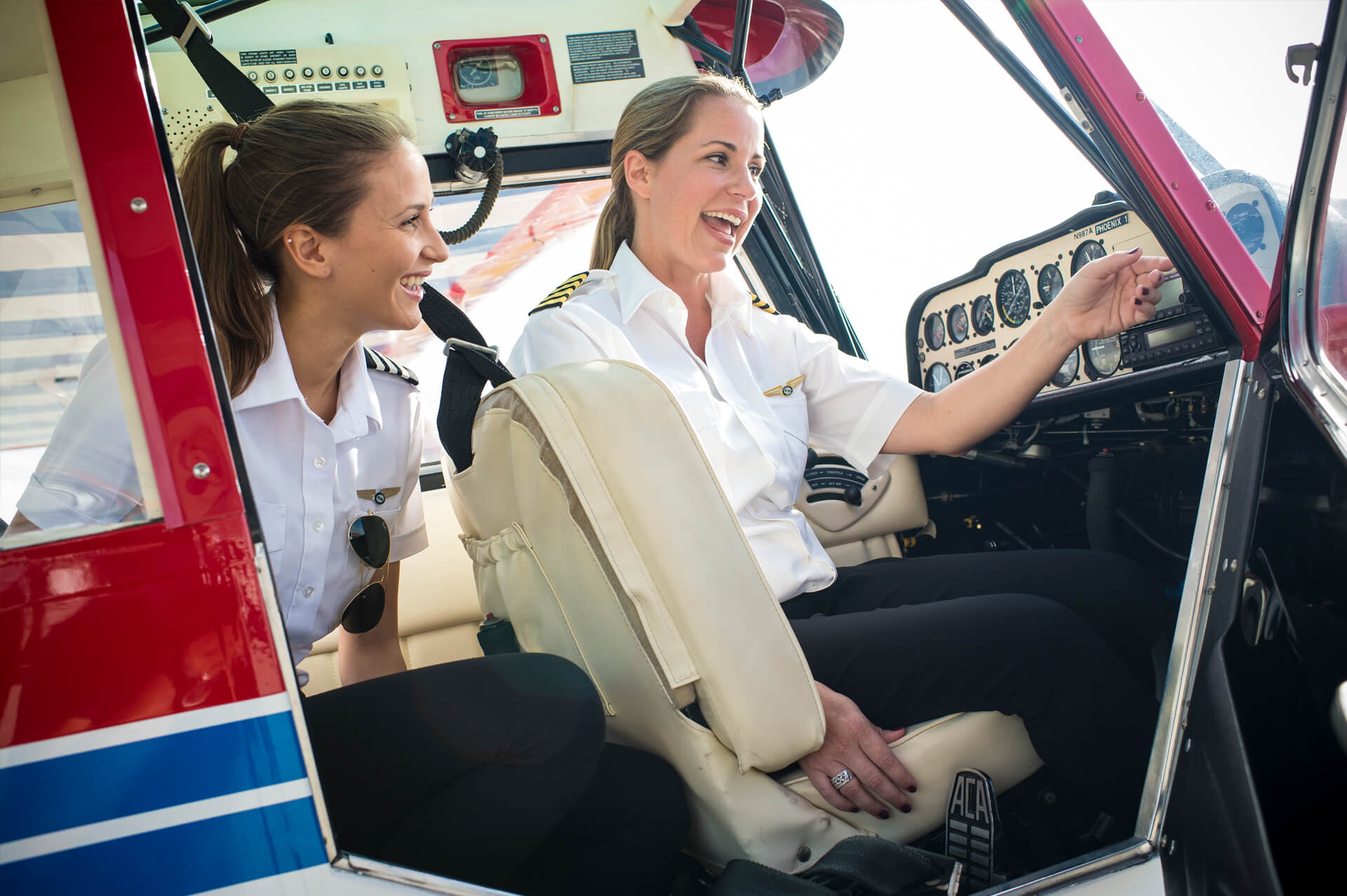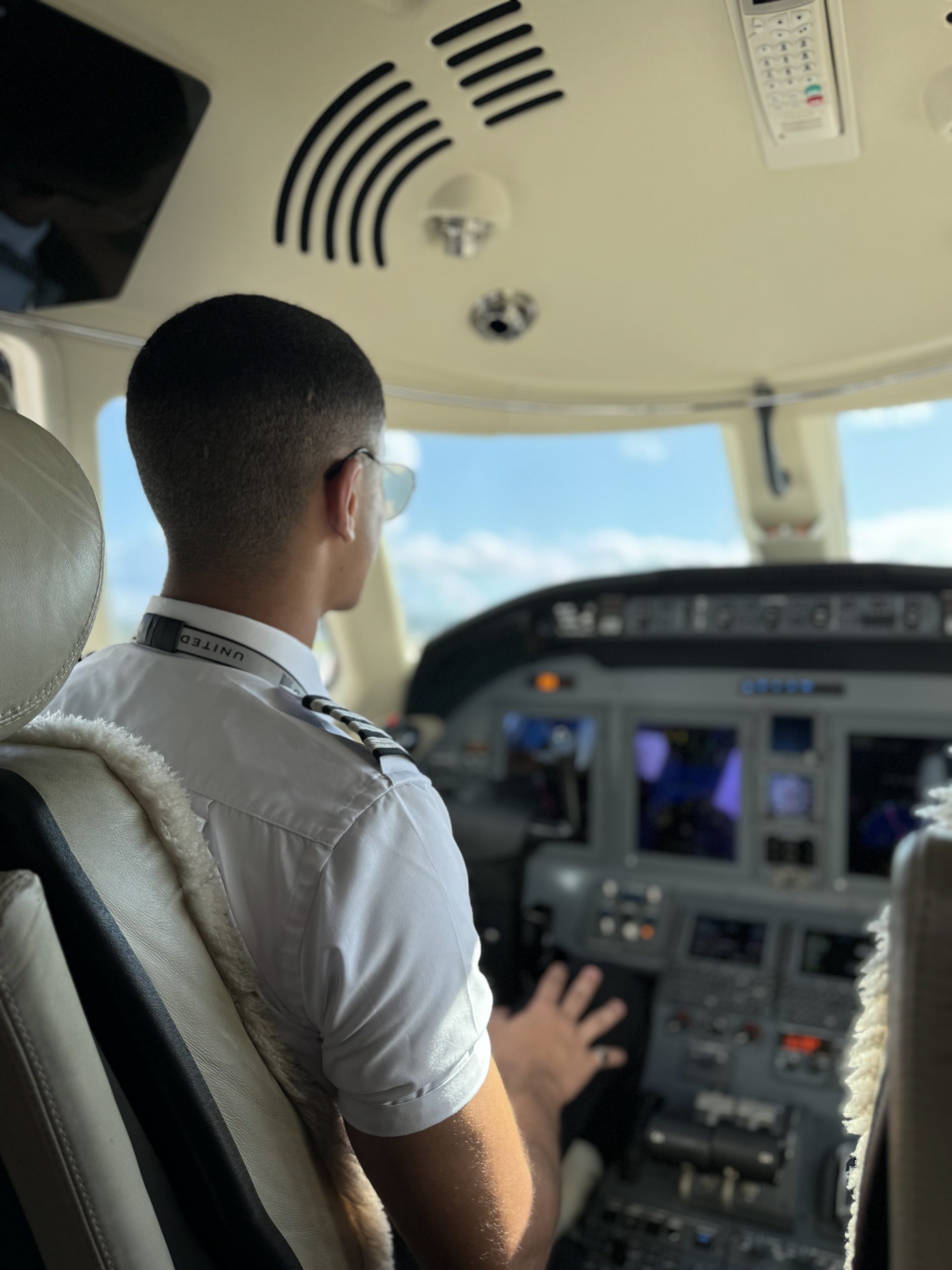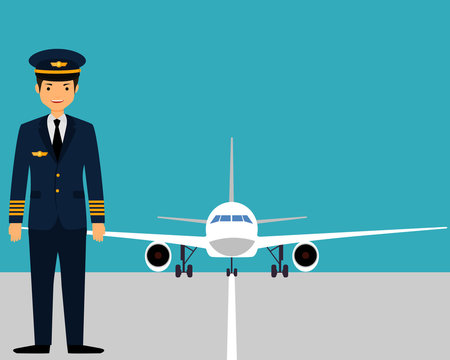5 Reasons Pilots Love the iPad
Electronic Charts
If there’s one thing pilots despise, it’s carrying around a 35 pound flight back, filled with books and charts to each flight. The beauty of an iPad in the cockpit is that it completely eliminates the need to carry charts. Of course, it’s always smart to have back-up charts in the airplane with you, but how nice is it to eliminate the need to carry around binders full of unnecessary charts and paperwork?
Reduced Weight
The weight associated with charts and other paper flight bag resources is significant. In some cases, airlines claim that these flight bags weigh upwards of 40 pounds. In an airplane with a crew of three or more, this weight is substantial. And less weight means the aircraft will burn less fuel, which in turn means a reduction in cost for operators. For one airline, the fuel savings from implementing electronic flight bags in the aircraft was estimated at around $1 million per year!
Additional Resources
Typically, pilots have to skillfully pack a flight bag with items they need in the cockpit. There are numerous resources and tools that are helpful to a pilot, but may not all fit into a flight bag. Pilots have to choose to limit their contents to necessary items, potentially leaving behind other resources to spare room for necessary charts and checklists.
With an iPad (and an app or two), those numerous resources are now at a pilot’s fingertips. Flight planning tools, weather updates, checklists and aircraft performance calculations can all be seen on one electronic screen. A pilot can touch a couple of buttons to get to his checklist, and then quickly flip to his flight plan. He can go back and forth between the map and his approach charts. He can look up the number to scheduling or the operations desk at his company.
Best of all, there is no more fumbling around in a flight bag for papers, no unfolding and refolding maps, no searching through a binder for an approach plate or departure procedure. It’s all right there- on one device, easy to navigate and user-friendly.
Better Communication
Companies are finding the iPad to be a useful way of interacting with pilots. Pilots can track flights, check their schedules, and pull up a pre-downloaded operations manual when needed. They can send emails, messages and access company contact information right there on the same device that they planned their flight on.
Accuracy
An added benefit to the iPad is that electronics tend to be more accurate than humans in most cases. Pilots must update paper charts, company operations manuals and procedures manuals by hand on a regular basis, which can be time-consuming and redundant. Pilots can also make errors while completing manual updates, as the process tends to involve adding or deleting many pages from manuals.
With the touch of a button, a pilot can download all of the updated information at once onto his iPad. The iPad updates itself with the correct charts and checklists, while removing incorrect information from the device. It’s quicker and more reliable, allowing pilots to spend their off-time doing things they should be doing — like catching up on crew rest.




